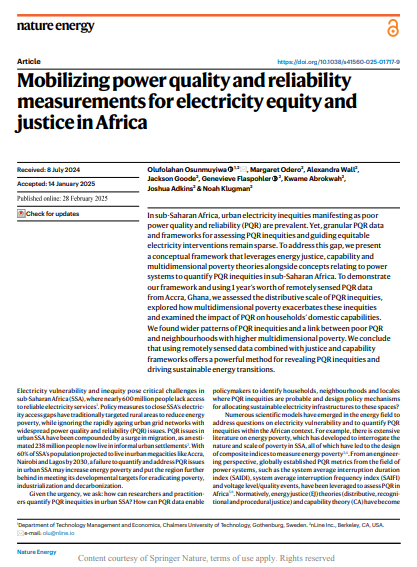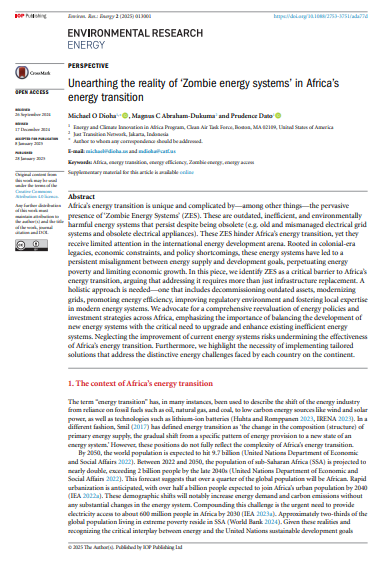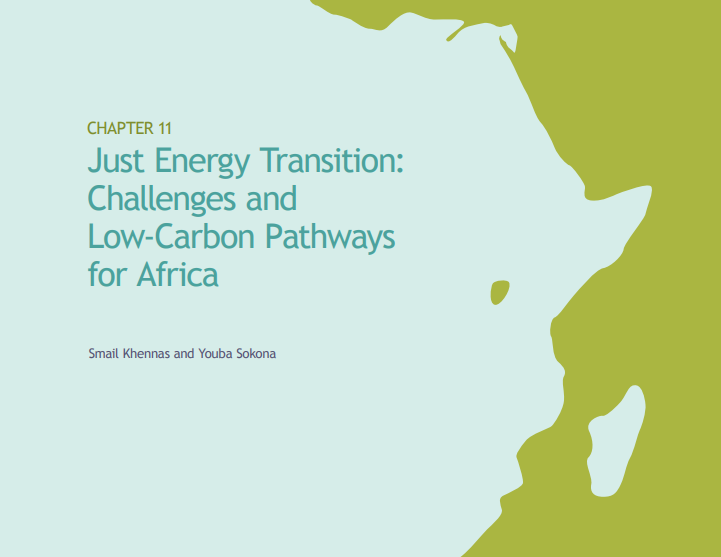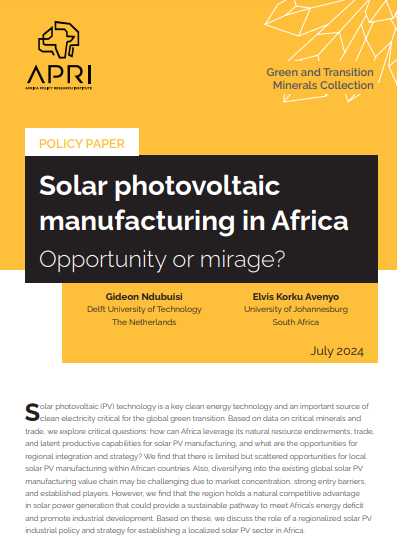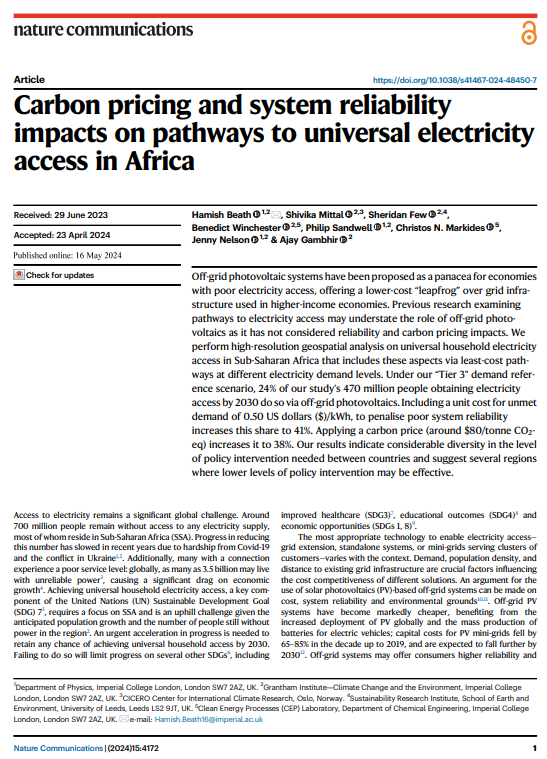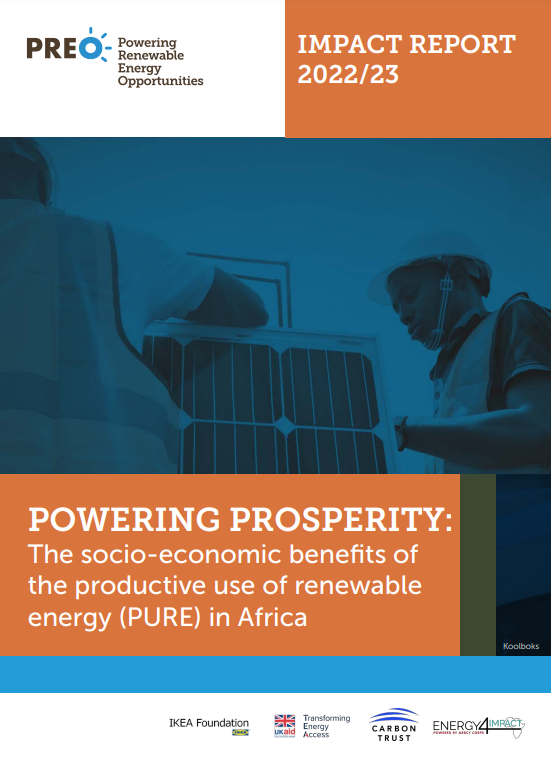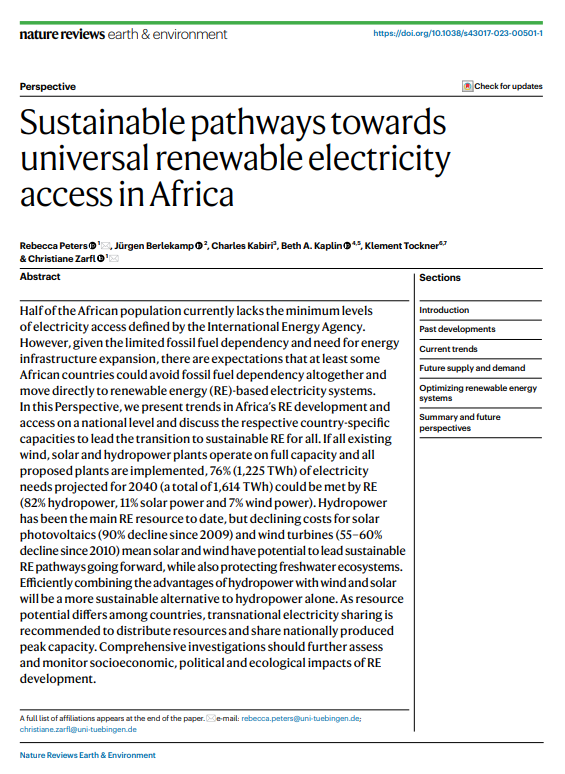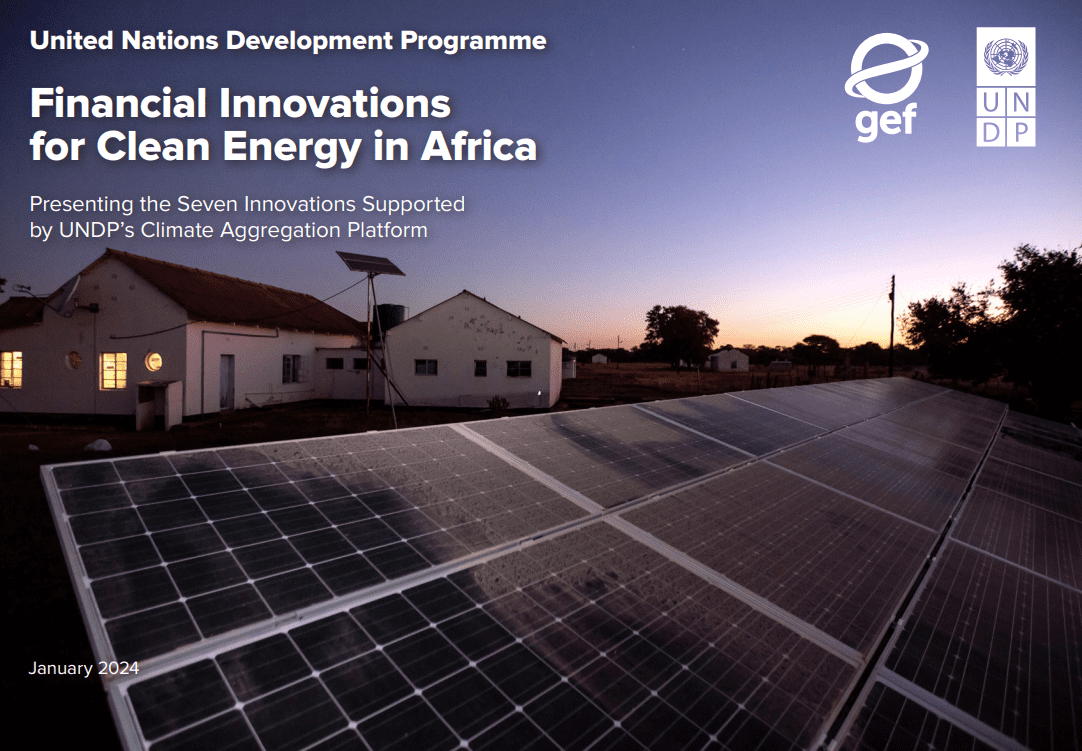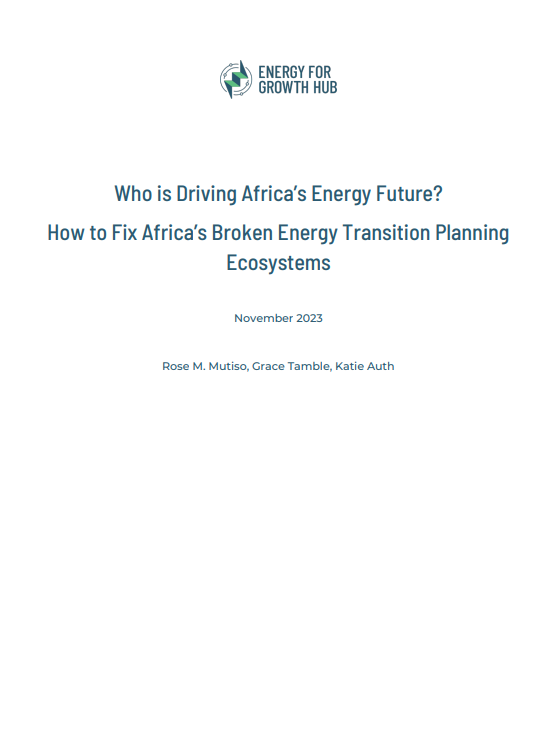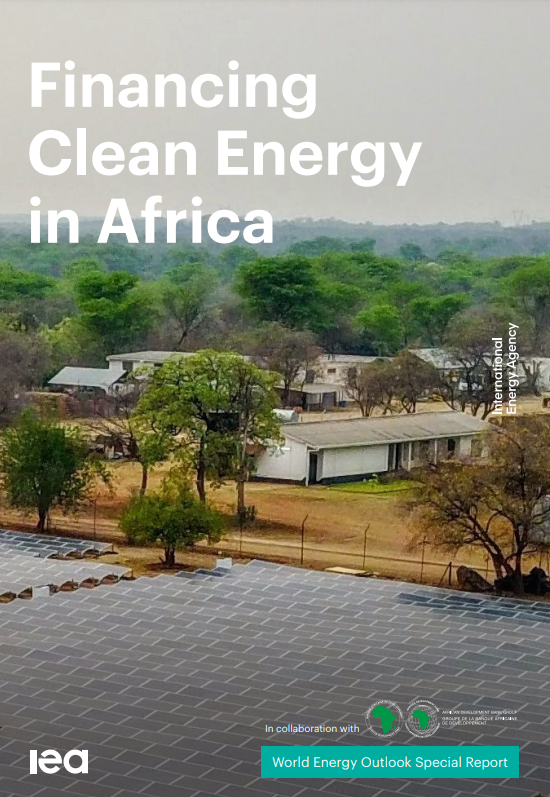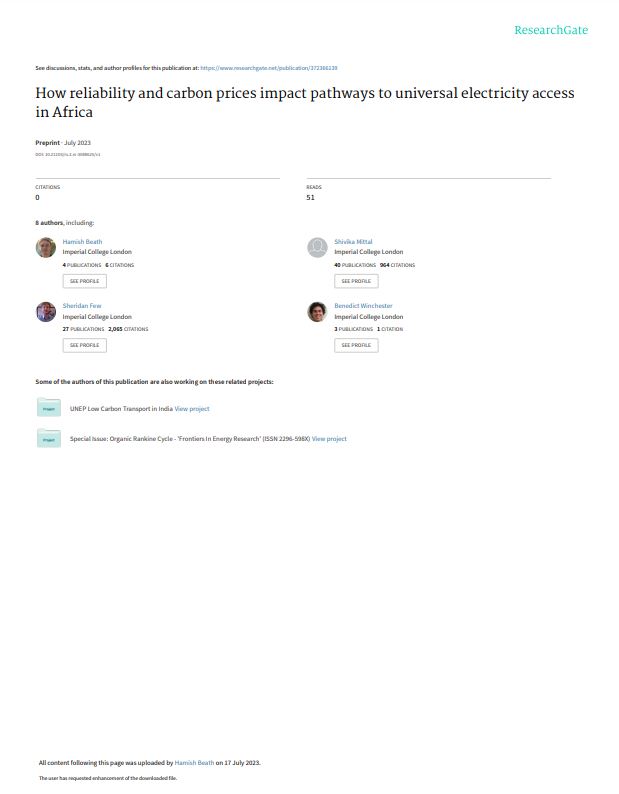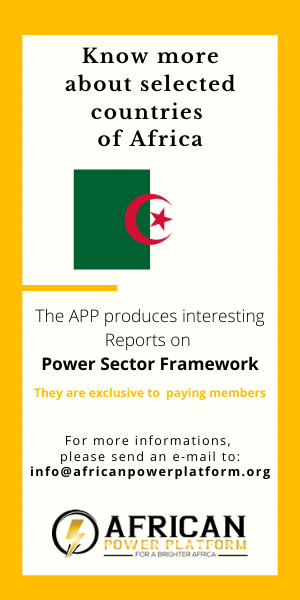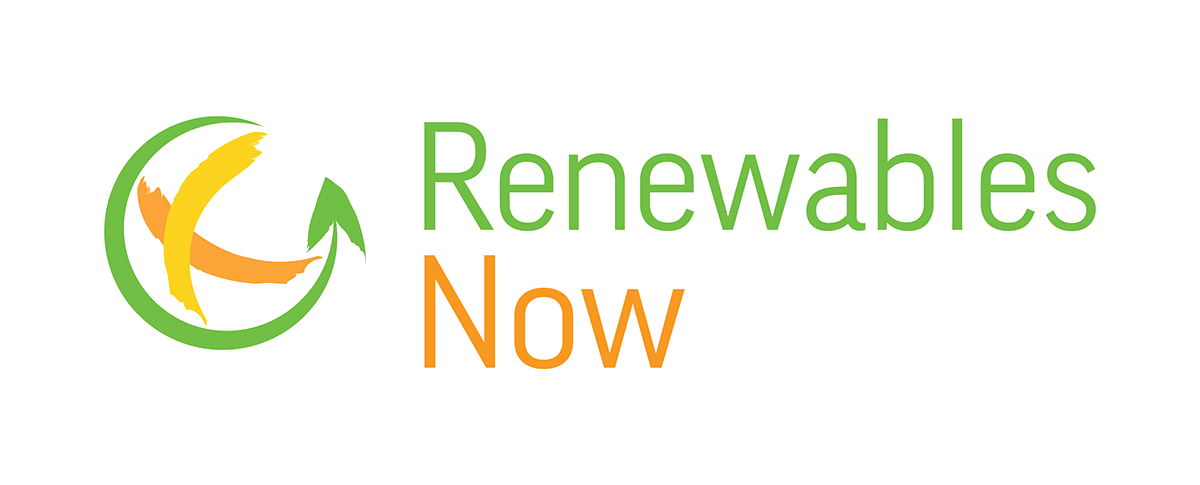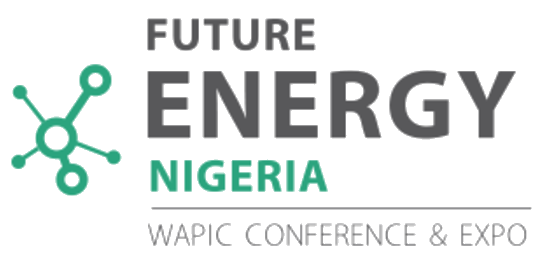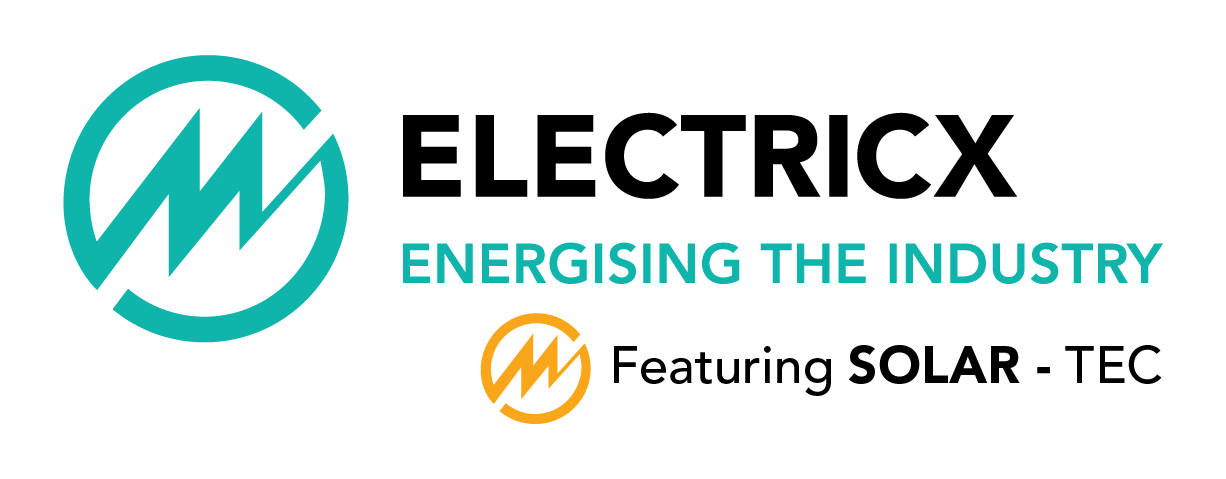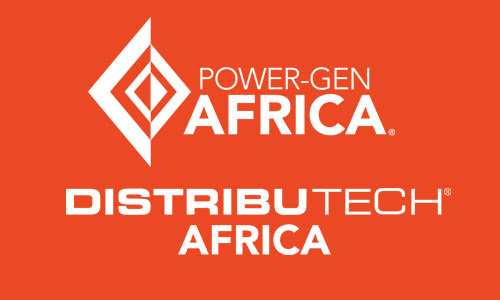We post here the relevant reports for the power sector in Africa. Feel free to join our efforts and share us any other you may have found. We'd be glad to add them to the list. Just sent an email to This email address is being protected from spambots. You need JavaScript enabled to view it.
Browse by Region:
Publication date: 28 February 2025
Authors: Nature Energy
Description: In sub-Saharan Africa, urban electricity inequities manifesting as poor power quality and reliability (PQR) are prevalent. Yet, granular PQR data and frameworks for assessing PQR inequities and guiding equitable electricity interventions remain sparse. To address this gap, we present a conceptual framework that leverages energy justice, capability and multidimensional poverty theories alongside concepts relating to power systems to quantify PQR inequities in sub-Saharan Africa. To demonstrate our framework and using 1 year’s worth of remotely sensed PQR data from Accra, Ghana, we assessed the distributive scale of PQR inequities, explored how multidimensional poverty exacerbates these inequities and examined the impact of PQR on households’ domestic capabilities. We found wider patterns of PQR inequities and a link between poor PQR and neighbourhoods with higher multidimensional poverty. We conclude that using remotely sensed data combined with justice and capability frameworks ofers a powerful method for revealing PQR inequities and driving sustainable energy transitions.
Visit Website >>
Publication date: 28 January 2025
Authors: IOP Publishing
Description: Africa’s energy transition is unique and complicated by—among other things—the pervasive presence of ‘Zombie Energy Systems’ (ZES). These are outdated, inefficient, and environmentally harmful energy systems that persist despite being obsolete (e.g. old and mismanaged electrical grid systems and obsolete electrical appliances). These ZES hinder Africa’s energy transition, yet they receive limited attention in the international energy development arena. Rooted in colonial-era legacies, economic constraints, and policy shortcomings, these energy systems have led to a persistent misalignment between energy supply and development goals, perpetuating energy poverty and limiting economic growth. In this piece, we identify ZES as a critical barrier to Africa’s energy transition, arguing that addressing it requires more than just infrastructure replacement.
Download Report >>
Visit Website >>
Publication date: 12 December 2024
Authors: Tony Blair Institute for Global Change
Description: The biggest challenge facing countries is for their government leaders to prioritize, take the right policy decisions, and effectively implement them. I take pride in my Institute’s role in addressing this challenge by collaborating with the U.S. government’s Power Africa initiative. Together, we have supported government leaders across Africa in translating their power sector priorities into tangible change for their citizens. Over the past decade, my Institute has been privileged to execute the Power Africa Senior Advisors Group program. This experience sheds light on the importance of good leadership for making the power sector deliver better, cleaner, and more affordable energy solutions, and how trust, expertise, and experience are key when working with leaders to make a change.
Download Report >>
Visit Website >>
Publication date: 14 November 2024
Authors: PREO
Description: As the world races toward 2050, the challenge of feeding a booming population looms large, especially in Africa, where the population is projected to soar by 63% and account for a quarter of the global population.
This report on powering agricultural productivity outlines both the challenges and opportunities for agriculture and food production in the face of rapidly increasing population growth on the continent. Discover how PREO is supporting companies across sub-Saharan Africa to harness and scale renewable energy innovations like solar-powered mechanisation, water pumps, refrigeration, and cold storage, to improve incomes, bolster climate resilience and strengthen food security.
Download Report >>
Visit Website >>
Publication date: 3 October 2024
Authors: ReSAKSS
Description: Transitioning to renewable energy is a critical part of addressing climate change and ensuring sustainable development. However, if this transition does not consider the social, economic, and financial implications for African countries, it cannot be considered a “just” transition for Africa. At the social level, the transition to low-carbon pathways, such as renewable energy sources, will create new employment opportunities. However, poor countries and marginalized populations may face disproportionate challenges during this transition if they are excluded from decision-making processes or do not benefit from these new job prospects. It is therefore essential to ensure that low-carbon pathways help reduce social inequalities and improve livelihoods for people in these countries and communities. At the economic and financial levels, transitioning to low-carbon pathways will require significant funding to develop national or regional value chains, invest in research and development, and build capacity. International financial support will be crucial for developing countries, especially in Africa, to ensure a just transition.
Download Report >>
Visit Website >>
Publication date: July 2024
Authors: Africa Policy Research Institute
Description: Solar photovoltaic (PV) technology is a key clean energy technology and an important source of clean electricity critical for the global green transition. As the world grapples with climate change, the demand for cleaner and more sustainable energy sources has never been greater. In this context, solar PV technology has emerged as a pivotal component of the global energy shift. This paper explores how Africa, with its abundant natural resources, can leverage its critical minerals, trade capacities, and latent productive capabilities to develop a solar PV manufacturing sector.
Visit Website >>
Publication date: April 2024
Authors: World Bank
Description: The extension of electricity into rural areas has been the main focus of efforts to achieve universal access to reliable, affordable, and modern energy by 2030. On the African continent and elsewhere, however, rapid urbanization has produced new patterns of human settlement that blur the distinction between rural and urban. As a case study of Kenya demonstrates, access metrics aggregated at the rural or urban level do not equip governments and their partners to properly identify or target sites for electrification. Spatialized frameworks and data that define space along a rural–urban continuum or as urban catchment areas can improve policy makers’ understanding of the specific barriers to access that communities face.
Download Report >>
Visit Website >>
Publication date: 16 May 2024
Authors: Nature Communications
Description: Off-grid photovoltaic systems have been proposed as a panacea for economies with poor electricity access, offering a lower-cost “leapfrog” over grid infrastructure used in higher-income economies. Previous research examining pathways to electricity access may understate the role of off-grid photovoltaics as it has not considered reliability and carbon pricing impacts. We perform high-resolution geospatial analysis on universal household electricity access in Sub-Saharan Africa that includes these aspects via least-cost pathways at different electricity demand levels. Under our “Tier 3" demand reference scenario, 24% of our study’s 470 million people obtaining electricity access by 2030 do so via off-grid photovoltaics. Including a unit cost for unmet demand of 0.50 US dollars ($)/kWh, to penalise poor system reliability increases this share to 41%. Applying a carbon price (around $80/tonne CO2-eq) increases it to 38%. Our results indicate considerable diversity in the level of policy intervention needed between countries and suggest several regions where lower levels of policy intervention may be effective.
Download Report >>
Visit Website >>
Publication date: 6 May 2024
Authors: Utrecht University
Description: United Nations: to coordinate humanitarian relief of emergencies due to natural and man-made disasters in areas beyond the relief capacity of national authorities alone (Office for the Coordination of humanitarian Affairs OCHA).
Download Report >>
Publication date: April 2024
Authors: United Nations
Description: The Economic Report on Africa (ERA) 2024 presents the case for investing in a just and sustainable transition (JST) while achieving energy access for all. Using country case studies, macro, sectoral and firm evidence, and the findings and recommendations of previous ERA editions, the 2024 report assesses the necessary conditions for a JST in Africa and how to catalyze the needed investment. The 2024 ERA proposes defining the JST from an African perspective and highlights the opportunities and policy imperatives for African countries to achieve it.
Download Report >>
Visit Website >>
Publication date: 22 February 2024
Authors: PREO
Description: The productive use of renewable energy (PURE) market opportunity in rural sub-Saharan Africa is estimated to be worth $864 billion up to 2030. The PREO Impact Report 2022/23 explores the latest impact insights from the PREO programme, demonstrating the socio-economic benefits of investing in revenue and income-generating products and services in Africa.
Download Report >>
Visit Website >>
Publication date: 16 January 2024
Authors: Nature Reviews Earth & Environment
Description: Half of the African population currently lacks the minimum levels of electricity access defined by the International Energy Agency. However, given the limited fossil fuel dependency and need for energy infrastructure expansion, there are expectations that at least some African countries could avoid fossil fuel dependency altogether and move directly to renewable energy (RE)-based electricity systems. In this Perspective, we present trends in Africa’s RE development and access on a national level and discuss the respective country-specific capacities to lead the transition to sustainable RE for all. If all existing wind, solar and hydropower plants operate on full capacity and all proposed plants are implemented, 76% (1,225 TWh) of electricity needs projected for 2040 (a total of 1,614 TWh) could be met by RE (82% hydropower, 11% solar power and 7% wind power). Hydropower has been the main RE resource to date, but declining costs for solar photovoltaics (90% decline since 2009) and wind turbines (55–60% decline since 2010) mean solar and wind have potential to lead sustainable RE pathways going forward, while also protecting freshwater ecosystems. Efficiently combining the advantages of hydropower with wind and solar will be a more sustainable alternative to hydropower alone. As resource potential differs among countries, transnational electricity sharing is recommended to distribute resources and share nationally produced peak capacity. Comprehensive investigations should further assess and monitor socioeconomic, political and ecological impacts of RE development.
Download Report >>
Visit Website >>
Publication date: January 2024
Authors: UNDP / GEF
Description: The "Financial Innovations for Clean Energy in Africa" summary report, part of the UNDP's Climate Aggregation Platform (CAP) report series published on January 26, 2024, provides an overview of the seven financial innovations that were competitively selected and supported by the CAP Innovation Challenge.
Highlighting seven cutting-edge financial models, the report showcases the CAP's efforts to foster the development of innovative financial models for DRE sector, to unlock new sources of capital and climate finance. These innovations aim to increase financing availability, reduce costs for clean energy projects, and ensure clean, reliable, and affordable energy access for all. The models target different sub-sectors, from off-grid and on-grid solar, mini-grids, productive use appliances and e-mobility to clean cooking and could be deployed across different countries in East Africa.
Download Report >>
Visit Website >>
Publication date: 1 December 2023
Authors: Clean Cooking Alliance, ICLEI
Description: African governments and city leaders are grappling with the complex challenges of climate change, pollution, nature loss, energy poverty, and inequality in rapidly growing cities across the continent. Prioritizing clean cooking can deliver a range of benefits across these critical focus areas and is essential for a just energy transition.
“The Future of Africa’s Sustainable Cities: Why Clean Cooking Matters” highlights the critical role that clean cooking must play in ensuring sustainable and equitable urban growth, with a particular focus on the fast-growing cities of sub-Saharan Africa.
Download Report >>
Visit Website >>
Publication date: 27 November 2023
Authors: Carnegie Endowment for International Peace
Description: Public and private energy finance to Africa from countries in the Group of Twenty (G20) and multilateral development banks (MDBs) from 2012 to 2021 totaled $345.76 billion, according to this paper’s findings. Amounting to an average of about $35 billion per year, this finance was within the estimated $31.5–$45 billion range necessary to address Africa’s annual energy finance gap. However, it was distributed unevenly, with ten countries receiving 77 percent of all finance over the ten-year period. Some inequity may be a consequence of differing domestic energy demands, investment environments, or natural resource endowments across countries. However, the resulting distribution of energy finance over the past decade was such that many African countries—home to hundreds of millions of people—were left with substantial gaps in their financing necessities.
Download Report >>
Visit Website >>
Publication date: 22 November 2023
Authors: Rose M. Mutiso, Grace Tamble, Katie Auth
Description: African energy transitions will be critical to the world’s climate and economic future — and will shape opportunities, livelihoods, health, and educational outcomes across the continent. Planning those transitions is a monumental task, requiring countries to build energy systems that consider social, economic, and environmental goals — as well as locally-specific political windows, trade-offs, and liabilities. Yet, all too often, the analysis and energy systems modeling that drives energy planning across the continent and in global fora is not being led by African institutions or researchers, or even commissioned by African governments. This results in energy plans and targets that lack local relevance, credibility, and impact — impeding the actual work from getting done.
Download Report >>
Visit Website >>
Publication date: 11 October 2023
Author: SolarAid
Description: Off-grid solar repair in Africa: from burden to opportunity is a white paper written by the University of New South Wales and SolarAid.
This white paper aims to share knowledge and learnings to facilitate replication of their successful repair pilot across the continent. It explores the potential for solar energy kit (SEK) repair in Africa as an opportunity to combat the growing problem of e-waste while extending the life of solar products and building local markets.
Download Report >>
Visit Website >>
Publication date: October 2023
Author: Elsevier
Description: Using real-time load data and HOMER Pro's ‘multi-year’ optimization tool, this paper investigates the long-term cost optimal capacity expansion planning (CEP) for an overloaded photovoltaic (PV) mini-grid (MG) with storage batteries in off-grid rural Ethiopia over a 20-year planning horizon. Three distinct annual energy demand growth scenarios were considered: 0% (fulfils the minimum load requirement), 5%, and a 15% from productive users only. In all scenarios, the generation mix consists of only solar energy and the maximum allowable capacity shortage (MACS) is limited to 10%. The findings reveal that, in all scenarios, the largest capacity expansion is performed on the battery and PV systems, covering up to 73% and 35% of the total expansion costs, respectively.
Download Report >>
Visit Website >>
Publication date: September 2023
Author: IEA
Description: Although Africa accounts for one-fifth of the global population, the region currently attracts only 3% of global energy investment. By 2030, energy investment needs to double to over USD 200 billion per year, in order for African countries to achieve all their energy-related development goals, including universal access to modern energy, while meeting in time and in full their nationally determined contributions.
Download Report >>
Visit Website >>
Publication date: 14 July 2023
Author: ResearchGate
Description: Off-grid PV systems have been proposed as a panacea for economies with poor electricity access, offering a lower-cost “leapfrog” over grid infrastructure used in higher-income economies. Previous research examining pathways to electricity access may understate the role of off-grid PV as it has not considered reliability and carbon pricing impacts. We perform high-resolution geospatial analysis on universal household electricity access in Sub-Saharan Africa that includes these aspects via least-cost pathways at different electricity demand levels. Under our "Tier 3" demand reference scenario, 24% of our study’s 470 million people obtaining electricity access by 2030 do so via off-grid PV. A penalty for unmet demand (0.50 $/kWh) increases this share to 41% and applying a carbon price (around $80/tonne CO2-eq) increases it to 38%. We identify thresholds for policy effectiveness in different regions and highlight the high degree of spatial heterogeneity and the areas where policy intervention may be most effective.
Download Report >>
Visit Website >>





